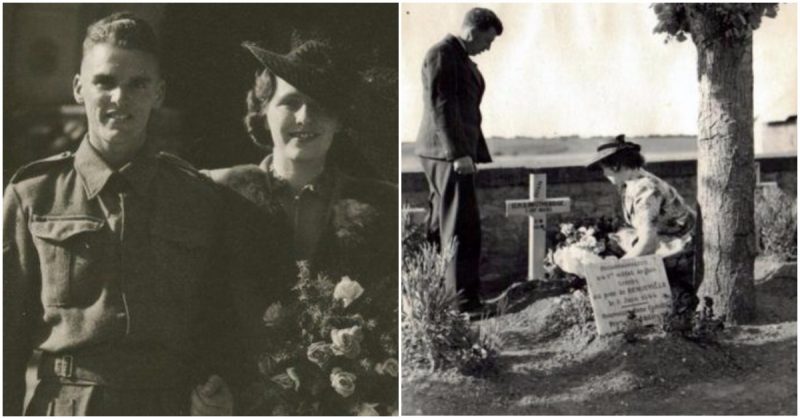Lieutenant Herbert Denham “Den” Brotheridge, Commander of 25 Platoon, D Company, 2nd Battalion of the Oxfordshire and Buckinghamshire Light Infantry holds an honored place in history marked by his death almost 20 minutes after midnight on June 6th, 1944.
Brotheridge was shot down by a German machine gunner while leading the charge of D Company on a mission vital to the D-Day landings in Normandy. He is remembered as the first Allied soldier and British officer killed in action on D-Day.
Though often fabled for his death, the story of Brotheridge’s service and that of his comrades, often called the 2nd Ox and Bucks, their mission into German Occupied France on that monumental day, is one of clever tactics and swift, courageous action.
Brotheridge was born in Smethwick, Staffordshire in 1915 and commissioned into the 2nd Battalion Ox and Bucks in 1942 under the command of Major John Howard. The Battalion was airborne light infantry and, more specifically, glider troops.
These men were trained to drop undetected into enemy territory in Airspeed Horsa gliders, a craft looking much like any transport plane of the time, but made mostly of wood and with no engine. The Horsa, which could carry around 25 soldiers and their equipment or even jeeps or light tanks, would be towed into the air by a bomber and then released to glide silently towards their target, the pilot picking a clear landing space and touching down, hopefully without obliterating the plane.
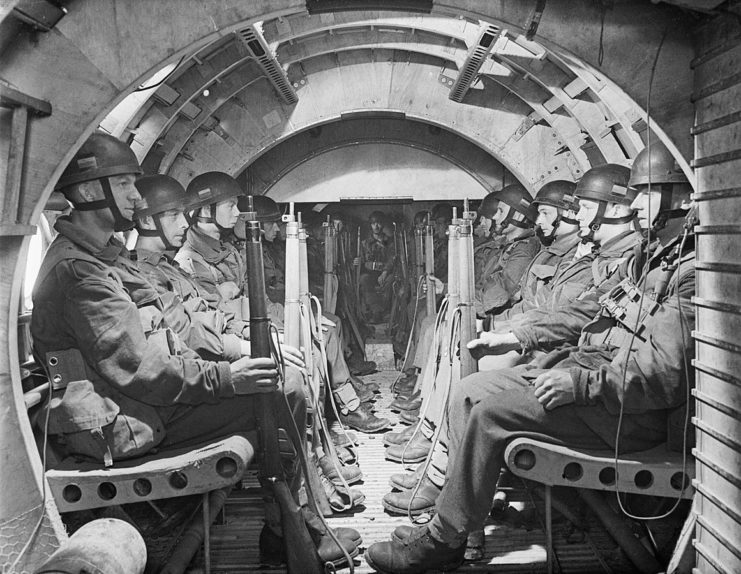
This method of airdropping infantry into the battlefield had its pros and cons in comparison to paratroopers, but the British use of gliders in the Invasion of Normandy was very well coordinated, undetected before landing, and hugely successful in its vital role. It didn’t experience the terribly high number of casualties paratroopers in the early morning, lit up by searchlights and flak cannons, did.
Major Howard and his men were chosen for Operation Deadstick. Howard rode in the first of six Horsa’s, the one with his good friend Brotheridge and his platoon. The 2nd Ox and Bucks’ D Company, an attached platoon of Royal Engineers, and the trained glider pilots (totaling 180 men) were pulled into the air in their Horsa’s at 20 minutes before midnight, June 5th, 1944.
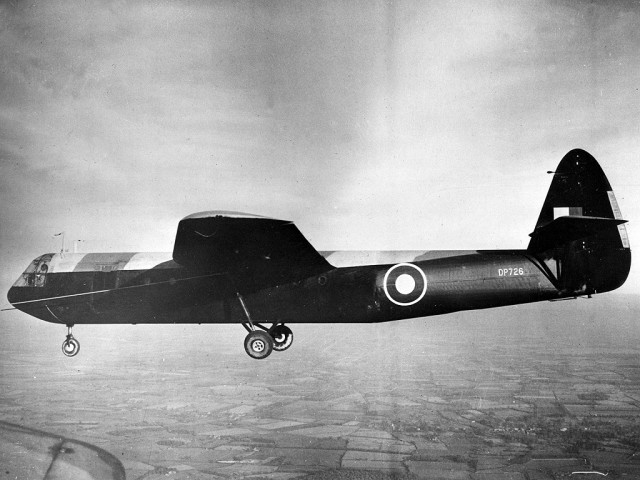
Once over the English Channel, the bombers towing them released their cables and sent them soaring through the night towards their target: two bridges over the Caen Canal and River Orne a few miles North East of Caen. If they failed to fulfill their objectives, British forces landing on Sword Beach would either have no exit to the East or be faced by German troops and tanks crossing en masse.
This coup-de-main, rapid surprise attack, first touched down on Normandy 16 minutes after midnight on June 6th, right outside their target. Brotheridge’s platoon’s Horsa and two others come down hard West of the Bénouville Bridge (now named Pegasus Bridge in honor the 2nd Ox and Bucks whose uniform is adorned with a Pegasus) over the Caen Canal.
As the gliders crash-landed, many men were knocked unconscious or otherwise injured. One Horsa snapped in half, sending the knocked-out Lance-Corporal Fred Greenhalgh flying into a pond where he drowned (perhaps the first lost hero of D-Day, but not killed by enemy fire).
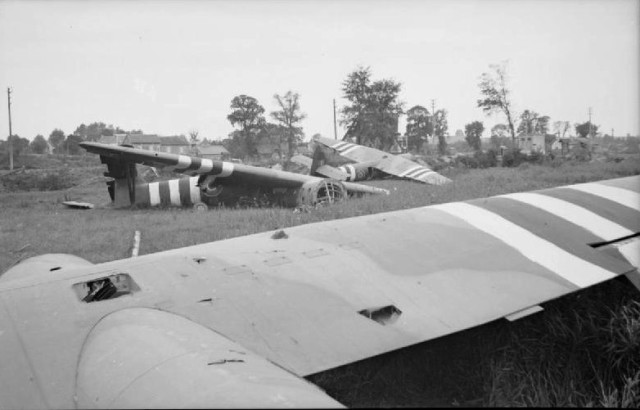
The surviving men quickly and quietly gathered together. To the hushed call of Brotheridge, “come on lads,” his platoon rallied and they hurried, first towards battle and the bridge.
Though the Germans knew these back-to-back water crossings to be one of the most strategically vital points in all of occupied France, they were caught off guard. Only two sentries stood guard.
The two German soldiers jumped into action as they spotted the onrush of British soldiers emerging from the darkness. “Fallschirmjäger!Fallschirmjäger!” (German for paratrooper) one shouted as he ran for the trench on the opposite side of the bridge. The other guard quickly fired a flare into the night sky as Brotheridge simultaneously opened fire, killing him just a moment too late.
Brotheridge’s platoon worked fast. Two men dropped grenades into the pillboxes on the West side of the bridge, stopping the German soldiers inside from detonating the explosives which were in place to tear the bridge apart, lest it fall into enemy hands. Fire was returned to the Germans now shooting from the opposite shore.
By 12:21 AM, five minutes after Brotheridge’s platoon hit the ground, they captured the bridge and secured it’s defenses. Before long, Howard received word that his men had captured both bridges and they would hold them until more British forces arrived from the beaches later that morning.
But it wasn’t all good news for Howard. Two under his command had been killed. The first, just after landing and now his dear friend Brotheridge had been killed in action.
As the German sentry’s flare lit the night and gunfire ripped across the canal, a German machine gunner set up in a cafe on the far bank fired a burst at Brotheridge, hitting his neck and back. Brotheridge fell to the ground and died soon after.
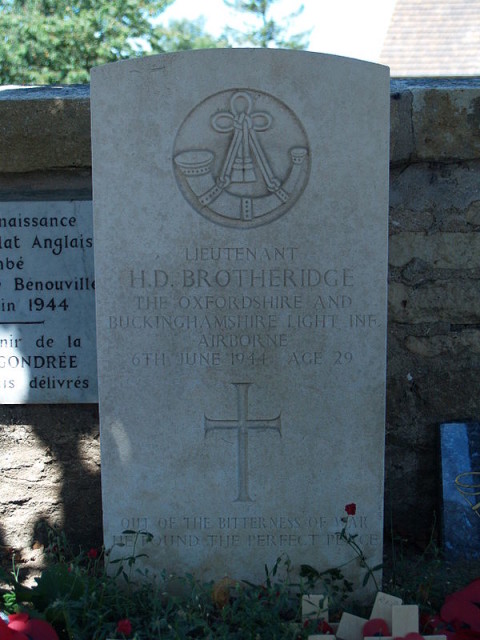
He was a brave a leader and now, buried in a cemetery not far from where he fell, he is remembered as the first Allied soldier of thousands more to fall on D-Day. Before he left on his mission, he had been a remarkable footballer and cricket player and hoped to return to his athletic career after the war. He was also married to Margaret Plant who was eight months pregnant with their daughter the night he flew to Normandy.
By Colin Fraser for War History Online
